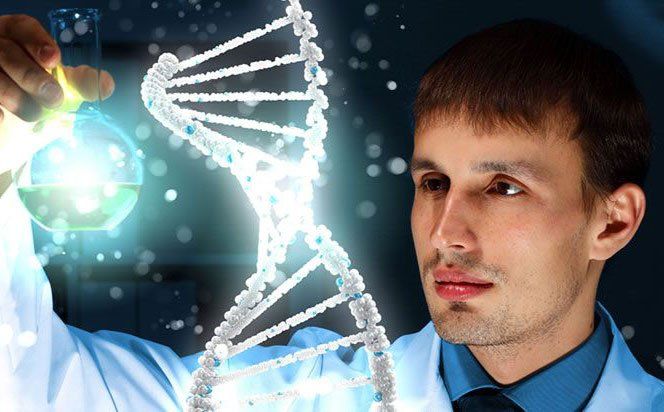MY ACCOUNT
TOPO I-CTD
TOPO I (Human DNA Topoisomerase I, C terminal domain 651-765)
- Species; Human
- Expression Host: Baculovirus-insect cell
- Tag: His-tag
- Purity: 90%
- Molecular Weight: 15.2 kDa.
- Gene Accession Number: NM_003286.
Purification and Quality Control
The His tagged C-terminal domain of DNA topoisomerase I protein (residues 651-765) was expressed in a baculovirus system and purified by affinity and FPLC chromatography. The purified VDR-LBD is greater than 95% homogeneous based on SDS-PAGE analysis.
Unit Definition (Activity)
1 unit equals 1 nanogram purified protein. 1-10 units (ng) of topo I CTD can be reconstituted with core domain to restore DNA relaxation activity and contains no detectable DNA relaxation activity by itself. Variable exist in different lots
Applications
Purified topo I CTD can be reconstituted with the core domain for in vitro DNA relaxation assay.
Formulation and Storage
The protein is in 20mM Tris-HCl pH7.9,100mM NaCl, 0.2mM EDTA, 1mM DTT and 20% glycerol. Stored at -70°C before use. Avoid repeated freeze thaw cycles.
Protein Sequence
IDAKKEQLAD ARRDLKSAKA DAKVMKDAKT KKVVESKKKA VQRLEEQLMK LEVQATDREE
NKQIALGTSK LNYLDPRITV AWCKKWGVPI EKIYNKTQRE KFAWAIDMAD EDYEF
Background
Human DNA topoisomerase I catalyzes the relaxation of both positive and negative supercoils without the requirement of energy. In addition to DNA replication and transcriptional activation, DNA topoisomerase I also plays a major role in pre-mRNA splicing, recombination, chromatin remodeling and other DNA or RNA templating activities (1,2). The C terminal domain of DNA topoisomerase I spanning from amino acids 713 to 765 is highly conserved and connected to the core domain by a poorly conserved linker domain (residues 636-713) (3,4). An active site tyrosine has been characterized at position 723. Mutation of this tyrosine to phenylalanine at position 723 causes topo I to preferentially bind the supercoiled DNA rather than relaxed DNA in the mixture of supercoiled and relaxed DNA (5,6).
References
1. Liu, L.F. (1989) Annu. Rev. Biochem. 58, 351-375
2. Champoux, J.J. (2001) Annu. Rev. Biochem. 70, 369-413
3. Redinbo, M.R. et al., (1998) Science 279, 1504-1513
4. Madden, K.R. et al., (1992) Cancer Res. 52, 525-532
5. Lynn, R.M. et al., (1989) Proc. Natl. Acad. Sci. USA 86, 3559-3563
6. Madden, K.R. et al., (1996) EMBO J. 14, 5399-5404
DISCLAIMER
This products is recommended For RESEARCH USE ONLY and is Not qualified for Use in Diagnostic or Therapeutic Procedures.




